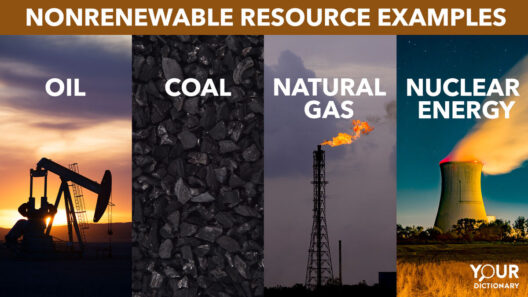Recycled flooring has emerged as a transformative solution in the quest for sustainable living. As our society grapples with the pressing challenges posed by climate change, the selection of materials in construction and home improvement projects has become crucial. Flooring, often overlooked, plays a significant role in conserving energy and promoting environmental well-being. This exploration delves into the multifaceted advantages of recycled flooring, elucidating how this choice can catalyze a broader commitment to sustainability.
To comprehend how recycled flooring conserves energy, one must first understand the lifecycle of traditional flooring materials. The manufacturing processes of common flooring types, such as hardwood or vinyl, are resource-intensive. They often require the extraction of raw materials, extensive energy use, and significant water consumption. These processes not only deplete natural resources but also contribute to greenhouse gas emissions. In contrast, recycled flooring repurposes materials that would otherwise languish in landfills, thereby reducing the demand for new resources.
Another compelling aspect of recycled flooring is its embodiment of the circular economy. This innovative economic model prioritizes sustainability and waste reduction. When flooring products are crafted from recycled materials—such as reclaimed wood, recycled carpet fibers, or even repurposed plastic—there is a remarkable reduction in energy consumption associated with manufacturing. For instance, producing new materials from raw resources typically yields a colossal energy footprint. However, the reprocessing of existing materials requires significantly less energy, leading to a decrease in overall carbon emissions.
The thermal performance of recycled flooring materials also merits attention. Certain types of recycled flooring—like those made from cork or bamboo—exhibit superior insulation properties. Enhanced thermal insulation translates into lower heating and cooling demands in residential and commercial spaces. By moderating indoor temperatures, these flooring options help mitigate the reliance on energy-consuming HVAC systems, thus contributing to a more sustainable living environment.
Moreover, recycled flooring contributes to energy conservation through its durability and longer lifespan. High-quality recycled flooring materials are designed to withstand wear and tear, necessitating less frequent replacement. Traditional flooring options often succumb to damage, leading to increased waste and the need for additional production cycles. By investing in resilient recycled flooring, homeowners and builders can promote sustainability while reducing the cumulative energy footprint associated with flooring replacement.
Water usage is another critical factor in flooring sustainability. The production of conventional flooring materials often demands large quantities of water, from the extraction of resources to the manufacturing processes. Conversely, the utilization of recycled materials means that existing resources are being transformed rather than consumed anew. The reduced water footprint significantly enhances the ecological value of recycled flooring, encapsulating the essence of sustainable living.
Furthermore, the choice of flooring material can dramatically influence energy efficiency during the operational phase of a building. Sustainable design principles advocate for materials that contribute positively to indoor air quality and overall comfort. Recycled flooring can incorporate low-VOC (volatile organic compounds) adhesives and finishes, ensuring healthier indoor environments. Improved air quality translates to better occupant well-being, reduced energy costs associated with heating and cooling, and ultimately a lessened environmental impact.
It is worth considering the aesthetic versatility of recycled flooring as well. As styles shift and evolve, recycled flooring accommodates modern design trends while promoting sustainability. From chic urban lofts to rustic country homes, the application of recycled materials allows for creativity without compromising on environmental responsibility. This aesthetic appeal can also drive consumer interest in sustainable choices, prompting a culture that values ecological awareness over mere convenience.
The integration of recycled flooring into new constructions or renovations represents a step towards a more proactive stance against climate change. Stakeholders in the construction industry—architects, builders, and homeowners alike—are increasingly recognizing the significance of sustainable materials. By opting for recycled flooring, they not only commit to reducing their ecological footprint but also influence broader societal shifts towards environmental accountability.
As consumers navigate the marketplace, education plays a pivotal role. Understanding the myriad benefits of recycled flooring—from energy conservation to improved air quality—can empower individuals to make informed decisions. Awareness campaigns and industry transparency are vital in showcasing the lifecycle of recycled products, illustrating how these materials substantively contribute to a greener future.
In summary, recycled flooring serves as a quintessential example of how intelligent material selection can lead to significant energy conservation. The intersection of sustainability, aesthetic appeal, and functional benefits paints a compelling picture for the adoption of recycled materials. Individual choices in flooring can ripple outwards, inspiring broader community actions toward environmental stewardship. By prioritizing recycled flooring, we embrace the promise of a sustainable future, one where every footstep taken within our homes resonates with an ethos of ecological responsibility.






